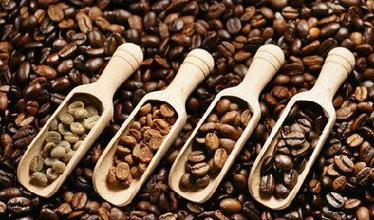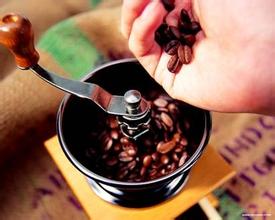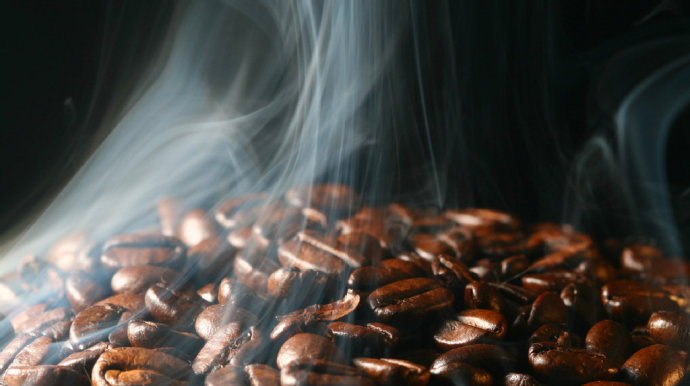Coffee bean flavor characteristics of single mixed coffee and blended coffee

The mixed coffee here is a kind of single coffee (pure drinking coffee). As the name implies, mixed coffee is a combination of several different coffee beans. The process of combining several different coffee beans is the blending process of comprehensive coffee.
The reason why there is no need to mix such words here is that the blending process of mixed coffee is not a simple mix, which should be matched according to the different characteristics of different coffees. This is because the taste of integrated coffee is not like a single variety of coffee with a distinct personality, but rich, balanced and long taste. This needs to analyze the characteristics of different varieties of coffee, cup performance, but also according to the characteristics of coffee beans and roasted taste performance to match, so that too obvious characteristics are neutralized, will be as rich as possible to show the flavor.
For example, the classic Java-mocha coffee is a mixed coffee.
Here are two matching theories that were once popular.
The first theory is to divide coffee beans into several different types, such as strong personality type, mild and smooth type, suitable for matching base type, and so on. Such a blending method requires an accurate understanding of the type of coffee beans used, and a quite familiar grasp of the performance of each kind of coffee in the cup, so as to determine the proportion of various coffee beans in the blending.
Another theory is to mix different coffees according to their performance in cups with different roasting degrees. No matter which type of coffee it belongs to, it has different flavor performance under different roasting degrees, and even the coffee with strong personality will greatly reduce its strong personality under the deeper roasting degree, while the mild coffee with the least personality will show its indistinct personality characteristics under the shallow roasting degree. Matching according to different baking degrees is carried out under such understanding and understanding. But it also has a high requirement for the blender to accumulate the knowledge of baking, and the roasting technology needs to be skillful in order to make a good comprehensive coffee.
Both theories have their own reasons, but they also have their own limitations. The first one stubbornly divides coffee into different types, but ignores the performance of coffee flavor under different roasting degrees, while the second does not consider that each kind of coffee has its own most suitable roasting degree to achieve its own characteristics.
Blending is not a simple addition and subtraction. Blending requires baristas to have a correct understanding of the characteristics of each kind of coffee and the best flavor performance at which degree of roasting. On this basis, after continuous matching experiments, we can slowly find out the most suitable matching formula. But it should be said that there is no fixed rule to specify what proportion of A coffee must be mixed with what proportion of B coffee and C coffee is the best mixed coffee.
The blending of comprehensive coffee is an art in itself, and art needs to be free. The following article will introduce several good matching options for you.
Source: happy Coffee Xiao Xu's blog
Important Notice :
前街咖啡 FrontStreet Coffee has moved to new addredd:
FrontStreet Coffee Address: 315,Donghua East Road,GuangZhou
Tel:020 38364473
- Prev

Espresso production: the grinding degree correctly adjusts the grinding scale of the coffee grinder to grasp the thickness and fineness.
First of all, the strength of powder pressing is not a condition for adjusting the degree of grinding. The strength of powder pressing should be relatively stable. After adjusting the degree of grinding, the strength of the pressing powder can be adjusted appropriately, either large (when the degree of grinding is slightly thickened) or smaller (when the degree of grinding is slightly adjusted). In order to make the coffee flavor performance more stable. That is to say, the degree of grinding is to a certain extent
- Next

The meaning of roasting and the development of roasting history distinguishing the flavor characteristics of roasting degree of raw coffee beans
First of all, let's talk about the meaning of baking. Definition of roasting: the so-called coffee roasting (coffee roasting) refers to the heating of raw beans, which promotes a series of physical and chemical reactions inside and outside the coffee beans, and in this process produces a variety of sour, bitter, sweet and other flavors of coffee, forming mellowness and hue, and converting raw beans into dark brown beans. two。 The importance of baking: in the shadow
Related
- What is the meaning of lactic acid fermentation with coffee bean treatment?
- How to judge the state of foam by sound?
- How does the latte pull out the unicorn pattern? Come to get for a little trick to improve the flower pull!
- Will flower pulling affect the taste of the latte?
- Do you know the history of coffee?
- The difference between honey treatment and sun washing what is raisin honey treatment?
- What kind of milk can a novice use to make coffee foam to keep the foam longer? The correct method and skills of milking tutorial sharing
- Why do washed coffee beans taste sour? Flavor characteristics of washed Coffee
- Introduction to the skill of how to practice the size and height of water injection around the circle of hand-brewed coffee
- How do beginners practice coffee flower drawing from scratch?

